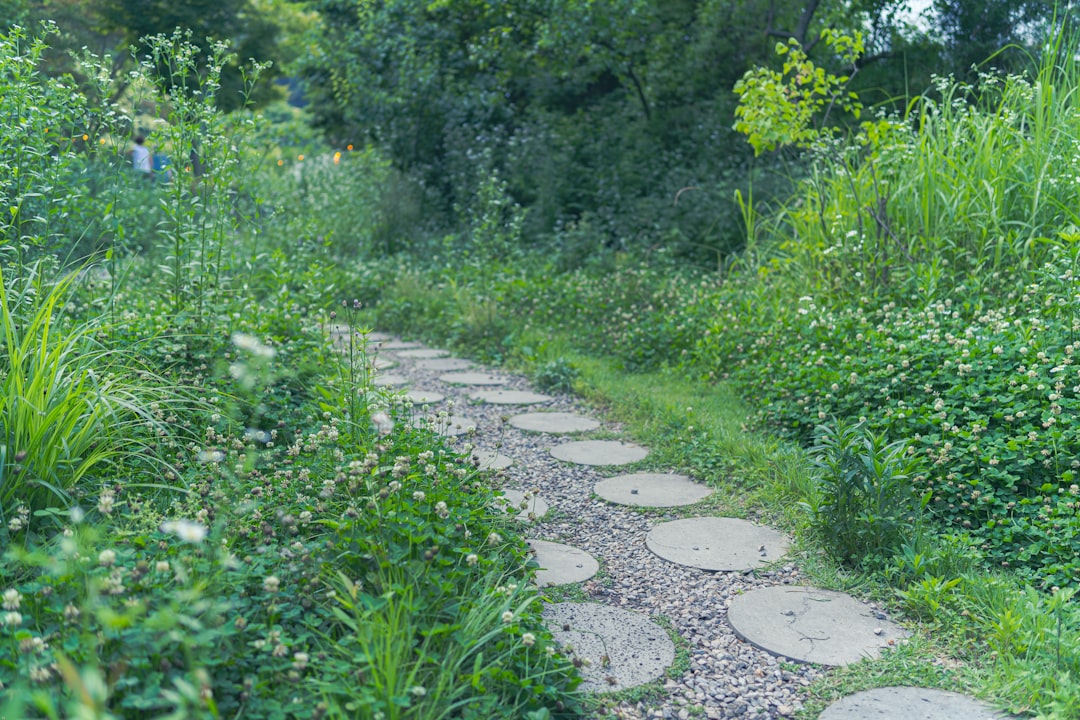Unveiling the Secrets of Growing a Popular Spice: Indoors and Out

Edible gardening has become a beloved pastime for many, offering the joy of cultivating your own fresh produce right at home. Among the various plants that can be grown, herbs hold a special place, and one popular spice in particular has captured the hearts of gardeners everywhere. In this plant guide, we will explore how to grow this popular spice both indoors and in the garden, covering everything from container gardening to harvesting and more.
### Starting Indoors
One of the great advantages of growing this spice indoors is that you can start the process earlier in the season, regardless of the outdoor weather conditions. Begin by selecting high - quality seeds or young seedlings. If you choose seeds, fill small seedling trays with a well - draining potting mix. Moisten the soil before sowing the seeds, following the instructions on the seed packet for proper spacing and depth. Place the trays in a warm and sunny location, such as a south - facing windowsill. A temperature of around 70°F (21°C) is ideal for germination. You may also use grow lights to ensure that the seedlings receive enough light, especially if you don't have a naturally bright spot. Keep the soil consistently moist but not waterlogged. As the seedlings grow, thin them out to give each plant enough room to thrive.
### Container Gardening
Container gardening is a versatile option for growing this spice, whether you're short on space or want to have more control over the growing conditions. Select a container that is at least 6 - 8 inches deep with drainage holes at the bottom. Terracotta pots are a popular choice as they are porous and allow for good air circulation. Fill the container with a rich, organic potting mix. When transplanting seedlings or starting with a small plant, make sure to dig a hole large enough to accommodate the root ball. Gently place the plant in the hole and cover the roots with soil, pressing it down lightly. Water the plant thoroughly after transplanting. Place the container in a location that receives at least 6 hours of sunlight per day. If you're growing it indoors, rotate the container every few days to ensure even growth.
### Outdoor Planting
Once the threat of frost has passed and the soil has warmed up, you can transplant your indoor - grown seedlings or purchase young plants from a nursery and plant them in the garden. Choose a location in your garden that gets full sun to partial shade. Prepare the soil by removing any weeds and adding compost or well - rotted manure to improve the soil structure and fertility. Dig holes that are slightly larger than the root balls of the plants. Space the plants according to their mature size, usually a few inches apart. After planting, water the plants deeply to help them establish their roots.
### Caring for the Plants
Regardless of whether you're growing the spice indoors or outdoors, proper care is essential. Water the plants regularly, but be careful not to over - water. This spice generally prefers well - drained soil. Check the soil moisture by sticking your finger about an inch into the soil. If it feels dry, it's time to water. Fertilize the plants every few weeks with a balanced, organic fertilizer. Pruning is also important to encourage bushier growth. Pinch off the tips of the stems regularly, especially when the plants are young. This will prevent them from becoming leggy and promote the growth of more branches.
### Harvesting
Harvesting is one of the most rewarding parts of growing this spice. You can start harvesting the leaves once the plant has reached a sufficient size. Use sharp, clean scissors or pruning shears to cut the leaves. For the best flavor, harvest in the morning after the dew has dried. If you're growing the plant for its seeds, wait until the seed heads have turned brown and dry. Cut the seed heads and place them in a paper bag. Shake the bag to release the seeds. Store the harvested leaves and seeds in air - tight containers in a cool, dark place.
### Troubleshooting
Like any plant, this spice may face some challenges. Common pests include aphids and spider mites. You can control these pests by spraying the plants with a mixture of water and mild dish soap. If you notice any signs of disease, such as mold or mildew, make sure to improve air circulation around the plants. Remove any infected leaves immediately to prevent the spread of the disease.
In conclusion, growing this popular spice is a fulfilling experience that can provide you with a fresh and flavorful addition to your cooking. Whether you're a beginner or an experienced gardener, following these tips will help you achieve a successful harvest, whether you're growing indoors or in the garden.